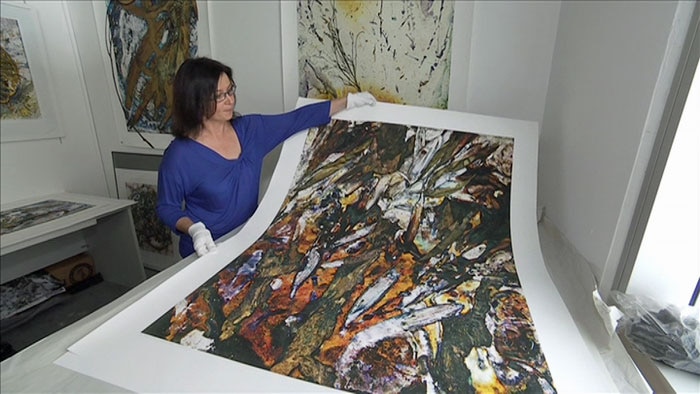In literature, a central motif is the recurring element that ties together the themes and ideas of a text. When analyzing the passage “The Passage of Time, Madness, Disease, and Decay” within a gardening context, one must consider how these motifs intertwine to convey deeper meanings about life, growth, and the natural cycle.
What Is the Central Motif in the Passage?
The central motif in this passage appears to be the passage of time, which serves as a unifying thread connecting the other motifs—madness, disease, and decay. This motif is particularly relevant in a gardening context, where the cyclical nature of growth, aging, and renewal is ever-present.
The Passage of Time
In the context of gardening, the passage of time is evident in the changing seasons, the growth of plants, and the eventual withering of flowers. Gardeners often reflect on the fleeting nature of beauty and the inevitability of change. This motif highlights the transient quality of life, urging gardeners to appreciate the present moment while acknowledging the impermanence of all things.

Madness
While madness may seem out of place in a gardening context, it can be interpreted metaphorically. The struggle to maintain a garden, especially in the face of unpredictable weather or pests, can lead to frustration and a sense of losing control. This emotional turmoil mirrors the concept of madness, as gardeners grapple with the challenges of nurturing life in an often unforgiving environment.
Disease and Decay
Disease and decay are tangible aspects of gardening. Plants can fall ill, and gardens can become overrun with weeds or pests. These elements symbolize the inevitable decline that accompanies life. Just as a garden requires care and attention to thrive, so too does the human experience demand vigilance against the forces of decay that threaten to undermine our efforts.
Gardening as a Metaphor
Gardening itself can be viewed as a metaphor for life. The act of planting seeds, nurturing them, and watching them grow reflects the journey of personal development and the pursuit of fulfillment. In this light, the motifs of time, madness, disease, and decay take on new significance, illustrating the challenges and triumphs inherent in the human experience.
Analyzing the Passage
To determine the central motif, one must examine the key details presented in the passage. The references to time, madness, disease, and decay are not isolated; they are interwoven to create a cohesive narrative. The context of gardening provides a framework through which these motifs can be understood, highlighting the interconnectedness of life’s various aspects.
Key Details and Symbolism
The passage uses specific examples and symbols to reinforce its themes. For instance, the mention of decay in a garden could symbolize the end of a season or the death of a plant, reminding readers of the cyclical nature of life. Similarly, the idea of madness might be represented through the gardener’s struggle against the elements, reflecting the internal conflict that arises from such challenges.
Context and Emphasis
The events and setting described in the passage align with the motifs of time, madness, disease, and decay. The garden, as a living entity, undergoes changes that mirror the broader themes of life and death. By emphasizing these elements, the passage invites readers to reflect on their own experiences and the universal truths they represent.
Summary
In conclusion, the central motif in the passage “The Passage of Time, Madness, Disease, and Decay” within a gardening context is the passage of time. This motif ties together the other elements, offering a comprehensive view of life’s complexities. Through the lens of gardening, the passage explores the themes of growth, decay, and the human condition, providing a rich tapestry of meaning for readers to ponder.

FAQs About Motifs in Literature
-
What is a motif in literature?
A motif is a recurring element that points toward a larger theme or message in a story. -
What is the purpose of a motif?
The purpose of a motif is to draw attention to a theme, generate mood, and engage readers intuitively. -
How does a motif work?
Motifs work by appearing consistently during key moments throughout the story, allowing readers to associate the motif with underlying themes.

Conclusion
The central motif in the passage “The Passage of Time, Madness, Disease, and Decay” within a gardening context is the passage of time. This motif encapsulates the themes of growth, decay, and the human experience, offering a profound reflection on life’s impermanence and the cyclical nature of existence. As readers engage with the passage, they are invited to contemplate the deeper meanings behind the elements of gardening and the universal truths they represent.
Stay updated with the latest news and insights into the world of literature and gardening. Explore today’s headlines and discover the enduring relevance of timeless themes.











More Stories
US Trending News: How to Claim Your Joy: A Guide to Finding Happiness and Inner Peace
US Trending News: Explore Www.hobbylobby.com: Your Ultimate Guide to the Official Site
When Is Trick Or Treating in 2024: A Complete Guide for Halloween